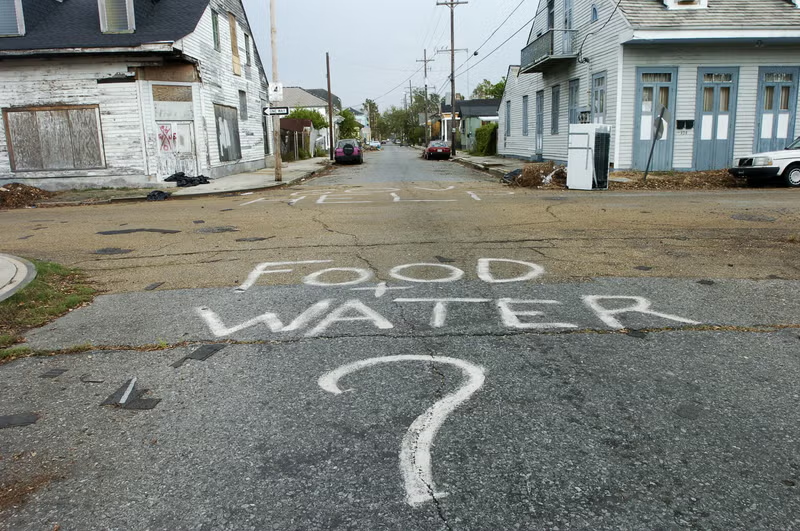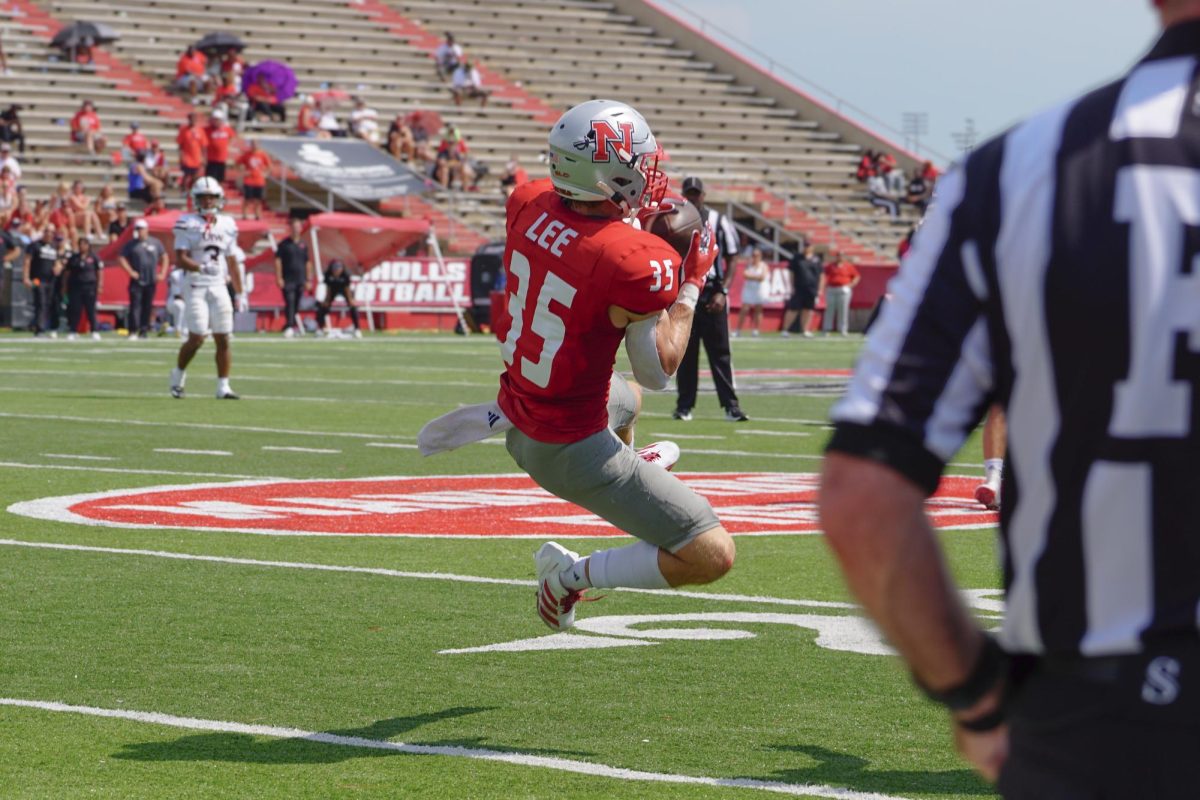Everyone has their guilty pleasures. Some like the Jerry Springer show, while others might admit to listening to Tom Jones, or watching professional wrestling. This author’s guilty pleasure, when it comes to entertainment, is old cheesy b-movies, and in the b-movie genre nothing matches the Godzilla series. Actually, Godzilla is probably not something I would appreciate if I had just discovered it as an adult. The nostalgia factor is a big part of the appeal here. I remember on Sunday mornings as a kid, somewhere between the locally hosted cartoon show and kung fu theatre there was a regular showing of some Godzilla classic. Sunday was the vegetation state a kid had before returning to school for the week, and what better way to enter that mode than to mindlessly watch Godzilla kick his enemies’ butts.
The best Godzilla movies were produced by Toho productions, based in Japan. The quality of these movies range from the classic to the unwatchably cheesy, but the cheese factor in Godzilla films is what makes many of them so appealing. Here is a look at a few of the big green guy’s landmark films.
Godzilla: King of the Monsters
Originally released in 1954 under the title of Gojira, Godzilla’s first film was later imported to America in 1956 with additional scenes featuring Raymond Burr of “Perry Mason” fame.
This movie has a much more serious tone and is considerably less cheesy than its many sequels. It ranks with such classics as the original King Kong, Dracula and Frankenstein. It is even something of a profound parable, Godzilla being a product of nuclear testing in a post-Hiroshima Japan.
Unlike other Godzilla movies, where the destruction seems almost like self-parody, here we see the aftermath of the monster’s devastation.
In the movie, a giant monster has been discovered around Ohto island. The monster was originally a dinosaur from the Jurassic period who was mutated by nuclear bomb tests. The beast is christened Godzilla by the natives.
Godzilla eventually finds his way to Tokyo, where he wreaks havoc. Meanwhile a woman named Emiko discovers that her estranged fianc, Dr. Serizawa, has developed the only thing capable of destroying Godzilla, an oxygen destroyer. However, Serizawa’s ethics stop him from using the deadly weapon, and a struggle ensues.
Later, the additional scenes with Raymond Burr were added for an American audience. Burr plays Steve Martin, a reporter who chronicles the events.
King Kong vs. Godzilla
Yeah! The battle of the century! King Kong has a bigger brain, but Godzilla uses brute force! Who will win?
Released in 1962, “King Kong vs. Godzilla” was the first Godzilla movie in color, and considering that it was produced in Japan you have to wonder why Godzilla did not get top-billing.
In the movie Godzilla is frozen in an iceberg when a submarine crash defrosts him. The monster does not waste any time making it to Japan for a little mayhem.
Meanwhile, an expedition to an island in the South Pacific uncovers King Kong, who is worshipped by the local natives. He is eventually abducted and taken to Japan, where he meets Godzilla and the fun begins.
Along the way we are treated to news broadcasts with scientists who tell us fairly interesting facts, like the size of King Kong’s brain among other things.
The whole charm of this movie lies in the adolescent need to know who will beat the other in a fight. Place your bets now.
Godzilla vs. Monster X
Originally released in 1965, “Godzilla vs. Monster X” is a particularly entertaining film. It doesn’t only have all of the elements of a classic ‘zilla flick, but everything that makes a wonderfully cheesy sci-fi movie as well.
Astronauts Fuji and Glen, who fit the standard archetypes of macho Japanese and American guys, fly to investigate a new planet discovered in our solar system. On this Planet X, the heroes find a colony of subterranean aliens (who are really a bunch of Japanese guys in grey jump suits and strange sun glasses).
These aliens are regularly attacked by the three-headed Monster X. To remedy the situation they give the two astronauts an offer: a cure for all disease if the humans will lead them Godzilla and Rodan to destroy Monster X.
Of course, being your stereotypical evil aliens, the denizens of Planet X have far more nefarious plans than to help mankind.
With flying saucers, hokey characters, cloned oriental women, well designed space sets, the ultra-cool tri-headed Monster X and other nuggets of joy, “Godzilla vs. Monster X” is a b-movie classic.
Oh yeah, after beating the stuffing out of Monster X ,Godzilla does a funky touchdown dance that is worth watching the movie for alone.
Godzilla’s Revenge
Made in 1971, “Godzilla’s Revenge” crosses the line from cheesy to ridiculously asinine.
First of all, the music in the opening credits sounds like a cross between a bad surfer band and Electric Light Orchestra.
Second of all, the movie has really bad production values. It recycles footage from several previous Godzilla movies.
Finally, the movie stars Ichiro, an annoying kid who is regularly bullied by a gang of boys. He later gets involved with a group of bank robbers, who are also almost as annoying as he is.
In order to receive inspiration to battle his real life protagonists, Ichiro retreats into a fantasy world where he has conversations with Godzilla’s son and watches the big guy himself duke it out with his greatest foes.
If this plot sounds extremely insipid that’s because it is.
If you want to enjoy a movie in a “Mystery Science Theatre 3000” kind of way than “Godzilla’s Revenge” might be a choice for you. It’s definitely good for a laugh. It is also quite good for kids, if you want to rot their brains.
Godzilla (the American 1998 version)
This is an abysmal movie. What possessed Sony Entertainment to make an American version of Godzilla is beyond me. The most obvious reason is that they were shooting for a big winner at the box office. However, “Godzilla” was practically a flop after its opening weekend. They should have left the big green guy to Toho productions, who know how to do him justice.
The movie reinvents the Godzilla mythology from the beginning, with nuclear tests being conducted by the French in Polynesia during the late 1960’s. To make a long story short, the byproducts of these tests, Godzilla, appears in present day New York.
Of course, in this version Godzilla is just a minor plot element. Most of the story involves your typical romantic comedy style relationship between biologist Nick Tatopoulos, played by Matthew Broderick, and his old flame Audrey, a wannabe reporter played by Maria Pitillo.
Pitillo is easy on the eyes, about the only good reason to see this movie. Broderick can be a decent actor, but comes of pitifully lame here.
The acting and characters in this film are hokey. However, the main difference between this brand of hokiness and the kind in the classic Japanese Godzilla films is the latter is endearing while the former is just plain irritating.
The worst thing about this version, though, is the monster itself. Gone is the invincible, powerful behemoth of the classic series. This Godzilla would be much more at home in Jurassic Park. It is a CGI produced nightmare, sleekly done yet still horrendously ugly with none of the character of the original.
Godzilla: Millenium
A great return to form, thanks to Toho Productions being once again at the helm.
The plot to this latest installment of the Godzilla series is simple in an almost zen-like way. A strange alien lands on earth. Scientists Discover the alien. The a
lien is (surprise!) evil. The alien fights Godzilla.
Of course, earth-shattering, original plots are not what Godzilla movies are known for.
The characters are Yuji Shinoda and Io, who run the Godzilla Prediction Network in order to track down the monster. They meet up with Yuki Ichinose, a news reporter covering Godzilla.
The best thing about this movie is that it has is the original Godzilla back in the flesh. Although some of the alien battleship scenes were done digitally, the monsters themselves were produced traditionally.
Later, the additional scenes with Raymond Burr were added for an American audience. Burr plays Steve Martin, a reporter who chronicles the events.







